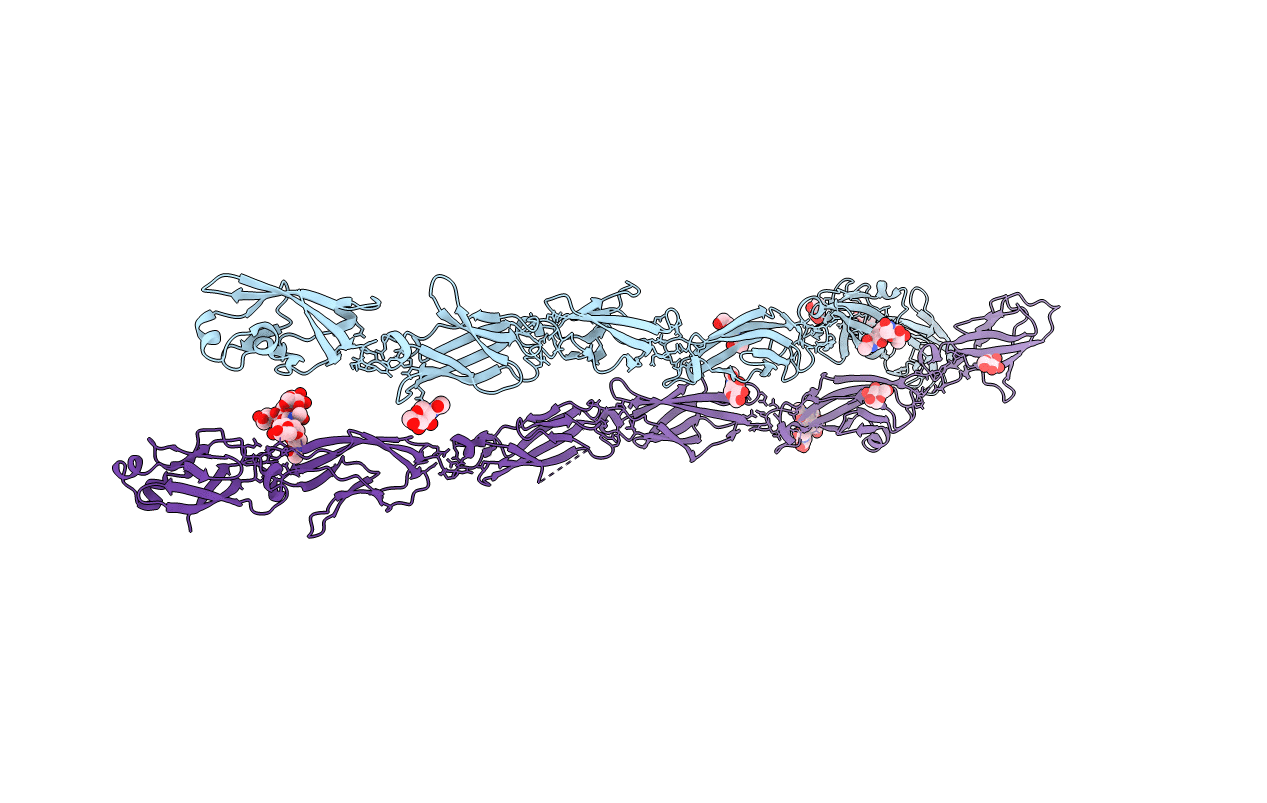
Deposition Date
2018-07-24
Release Date
2019-04-10
Last Version Date
2024-11-13
Entry Detail
PDB ID:
6E6B
Keywords:
Title:
Crystal structure of the Protocadherin GammaB4 extracellular domain
Biological Source:
Source Organism:
Mus musculus (Taxon ID: 10090)
Host Organism:
Method Details:
Experimental Method:
Resolution:
4.52 Å
R-Value Free:
0.27
R-Value Work:
0.23
R-Value Observed:
0.23
Space Group:
P 1 21 1


